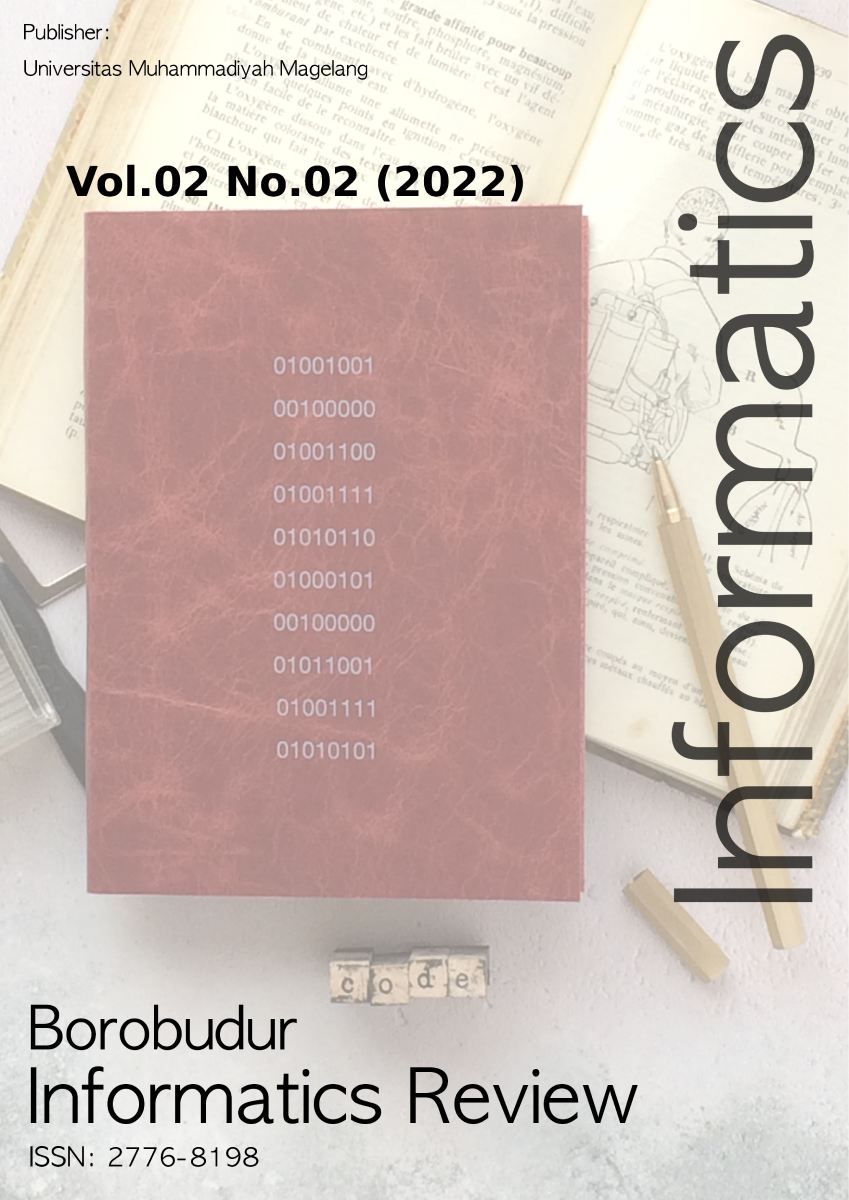Main Article Content
Abstract
Distance learning (online) is currently a learning tool that plays an important role during this pandemic, one of which is affected, namely in the field of education at Muhammadiyah Innovative Elementary School Pujotomo Magelang. The difficulty experienced by teachers and students is in the online learning system which uses a lot of media platforms such as Quizziz, Google Classroom, Youtube etc. so that material data, assignments and grades for each subject will be easily mixed and lost. This makes it difficult for students to find material data and past assignments, while teachers find it difficult to find data on assignments that have been collected and quiz scores that have been done by students because there is no copy of the data. E-learning is a learning media that really helps teachers and students in carrying out the teaching and learning process. The asynchronous e-learning method is a means for teachers and students to interact such as giving materials, assignments, quizzes, attendance and giving grades so that teachers and students can easily find data according to their subjects. The results of the asynchronous e-learning test using blackbox testing went well, did not experience any errors. Subsequent testing using UAT with several users, namely admin with 97%, teachers 91%, and grade 1 students 93% it can be concluded that the user's needs have been met.
Keywords
Article Details
References
- Agustina, M. (2013). Pemanfaatan E-Learning sebagai Media Pembelajaran. Seminar Nasional Aplikasi Teknologi Informasi (SNATI), 12, 8–12.
- Astini, N. K. S. (2020). Pemanfaatan Teknologi Informasi dalam Pembelajaran Tingkat Sekolah Dasar pada Masa Pandemi Covid-19. Jurnal Lembaga Penjaminan Mutu STKIP Agama Hindu Amlapura, 11(2), 13–25.
- World Health Organization, (2020). https://www.who.int/emergencies/diseases/novel-coronavirus-2019?gclid=Cj0KCQjw8IaGBhCHARIsAGIRRYoKr2oJT6LEEOB4X2Tv7Z4b-dFVLb_HqZrBnyHcTVZRxKoO8nwWf3MaAgDREALw_wcB
- Fahmi, M. H., & Cipta, B. S. I. (2020). Pengembangan Blended Learning Berbasis Moodle (Studi Kasus Di Universitas Islam Raden Rahmat Malang). Jurnal Teknologi Terapan: G-Tech, 2(1), 106–113. https://doi.org/10.33379/gtech.v2i1.328
- Marija, P., Kawangung, Y., & Kause, M. (2019). Pendekatan Humanis-Relegius pada Pendidikan Kristen sebagai Pembentukan Karakter Generasi Milenial. Jurnal Teruna Bhakti, 2(1), 49. https://doi.org/10.47131/jtb.v2i1.36
- Mujib, I. H. Al. (2020). Jurnal nomosleca. Jurnal Nomosleca, 6(April), 68–76.
- Kemendikbud RI, (2020). https://pusdiklat.kemdikbud.go.id/surat-edaran-mendikbud-no-4-tahun-2020-tentang-pelaksanaan-kebijakan-pendidikan-dalam-masa-darurat-penyebaran-corona-virus-disease-covid-1-9/
- Pradipta, A. A., Prasetyo, Y. A., & Ambarsari, N. (2015). Pengembangan Web E-Commerce Bojana Sari Menggunakan Metode Prototype. EProceedings of Engineering, 2(1), 1042–1056.
- Sourial, N., Longo, C., Vedel, I., & Schuster, T. (2018). Daring to draw causal claims from non-randomized studies of primary care interventions. Family Practice, 35(5), 639–643. https://doi.org/10.1093/fampra/cmy005
- Wicaksana, M., & Rahmatya, M. D. (2019). Perancangan E-Learning di SMAN 1 Margahayu. Jurnal Teknologi Dan Informasi, 9(2), 104–114. https://doi.org/10.34010/jati.v9i2.1790
